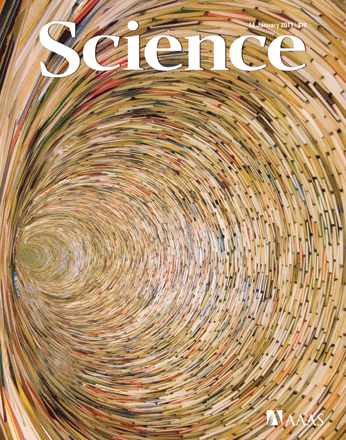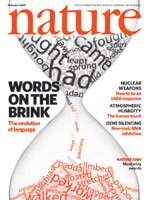Author: sa501428
Talk at Berkman Center
Thoughts/Clarifications on Grafton’s “Loneliness and Freedom”
We’ve added this note here because the line breaks do not appear correctly at the historians.org site, seriously diminishing the readability of the piece.
It’s great to read such extraordinarily positive comments about culturomics, Anthony. We’re so pleased that you enjoyed our presentation at AHA. We agree with nearly everything you wrote.
However, we did want to take a moment to respond to a few of your more critical observations, because they relate to issues – and occasionally misconceptions – that have been widely discussed in the context of our paper, the clarification of which may be relevant to some of the bigger points you make.
Continue reading Thoughts/Clarifications on Grafton’s “Loneliness and Freedom”
The milliDarwin is Born
Science reporter John Bohannon and our own Adrian Veres create a measure of scientific fame and introduce the Science Hall of Fame. Bohannon, Veres, and Feinberg (Google) visualize famous scientists over time in this music video.
On the Cover of Science!
Quantitative Analysis of Culture Using Millions of Digitized Books. Jean-Baptiste Michel*, Yuan Kui Shen, Aviva Presser Aiden, Adrian Veres, Matthew K. Gray, The Google Books Team, Joseph P. Pickett, Dale Hoiberg, Dan Clancy, Peter Norvig, Jon Orwant, Steven Pinker, Martin A. Nowak, and Erez Lieberman Aiden*. Science 331 (2011) [Published online ahead of print: 12/16/2010].
Read it here! Culturomics also appears on the cover of Science! The image is a photograph from Idiom, a sculpture from Matej Krén currently showing in Prague.
On December 16th, 2010, a team spanning the Cultural Observatory, Harvard, Encyclopaedia Britannica, the American Heritage Dictionary, and Google published a paper describing the Culturomics approach online in the journal Science, and at the same time launched the world’s first real-time culturomic browser on Google Labs.
*joint first authors
Google Ngram Viewer is Live
Run your own experiments using
the Google Ngram Viewer!
Headlines
Read what everyone has to say about culturomics!
Nature Cover Article!
Quantifying the Evolutionary Dynamics of Language. Erez Lieberman*, Jean-Baptiste Michel*, Joe Jackson, Tina Tang, and Martin Nowak. Nature 449 (2007).
Read the paper here! News & Views.
Favorite Nature paper in Linguistics for 2007!
Image: “Verb size corresponds to usage frequency, so large verbs stay at the top, and small verbs fall to the bottom. ‘Wed’, the next irregular verb to go, is on the brink.” Courtesy of Jonathan Saragosti. Nature, Oct 11, 2007.
*joint first authors


